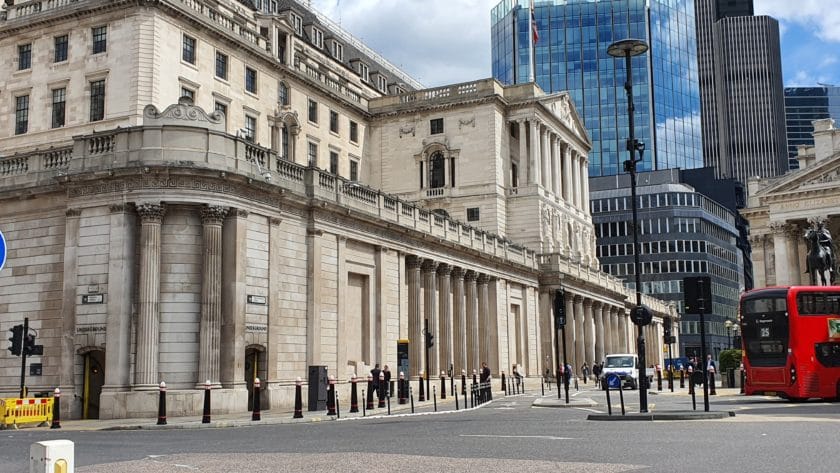To bring inflation under control and restore their credibility, central banks are under considerable pressure to move from tough talk to action. But, as Steve Ellis, Global CIO Fixed Income, Fidelity International discusses, there is also a real possibility that the major central banks will have to abandon their tightening trajectories prematurely given the fiscal cliff, powerful base effects, a significant loosening of the labour market, and thawing supply chain issues. And if this is the case, investors should be prepared.
This year has been a difficult environment for risk assets, but it’s important not to automatically extrapolate the current environment into the future. Economic conditions can and do change, and we may see both growth and monetary policy shift sooner than the market expects.
Central banks rarely succeed in tightening monetary policy without triggering an economic downturn. At present, markets expect lofty increases of 150-250 basis points in benchmark interest rates in the US, Europe, and the UK over the coming 12 months.
The major central banks have talked tough on inflation in recent months having been too casual in their response last year. To ensure their credibility and bring inflation under control they are under considerable pressure to follow through, and this could spell further sell offs in equities and widening of credit spreads. The latest upsizing of the Fed’s hike to 75bp (first time since 1994) is an important development on this front.
However, the stress on the economy could be greater than many think. Financial conditions are tightening rapidly, and liquidity is draining out of the system, and this is just as Fed quantitative tightening is starting. There’s a real possibility that the major central banks will have to abandon their tightening trajectories prematurely given the fiscal cliff, powerful base effects, a significant loosening of the labour market, swing down in housing market and thawing supply chain issues. If that’s the case, the narrative in the market could shift abruptly and wrong foot investors.
The risk of further asset price dislocation is skewed to the downside and credit markets are still under-pricing corporate defaults that would quickly rise in a recessionary environment. For example, the one-year implied default risk for USD high yield is approximately 2.5% – this seems far too optimistic in a rising rate and slowing growth backdrop. As recession risks grow, we’re likely to see duration perform well and it could make sense to gradually increase exposure to US Treasuries as we think that growth concerns will start to dominate inflation concerns as hard data turns.
Capital preservation in a climate of heightened uncertainty is essential, however, when monetary policy and the market narrative change eventually, there could be exceptional returns available. The ECB put being activated to back-stop periphery spreads show how quickly such a change can happen.





































